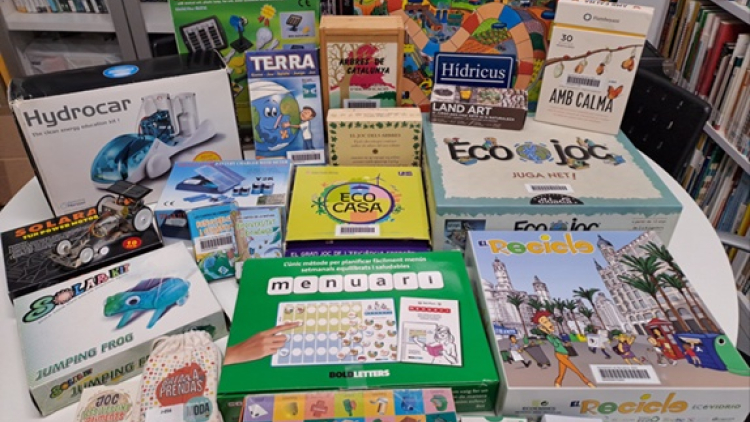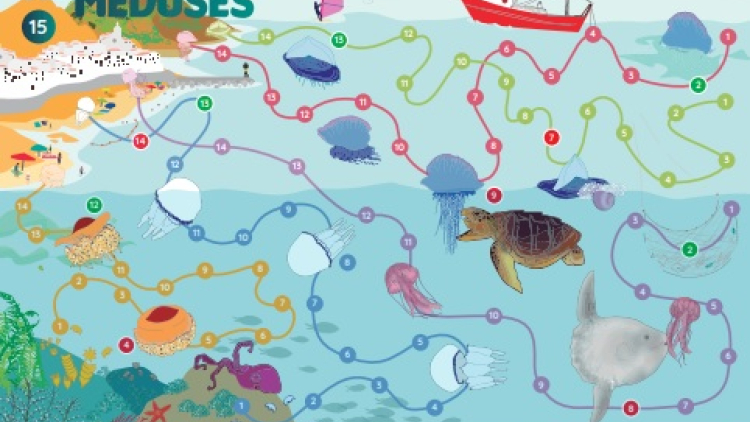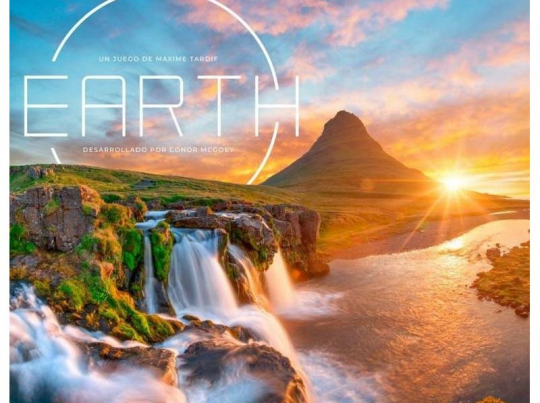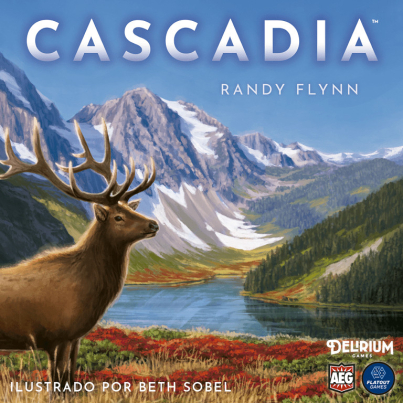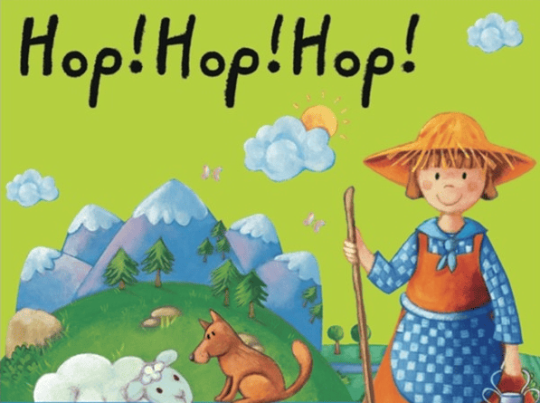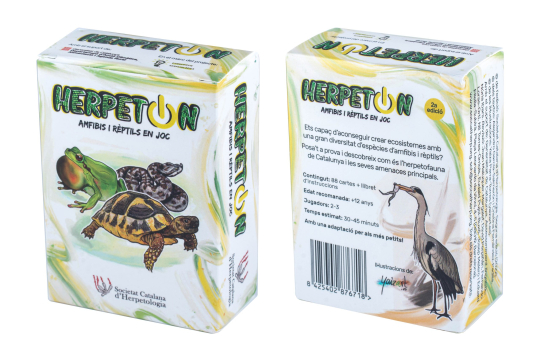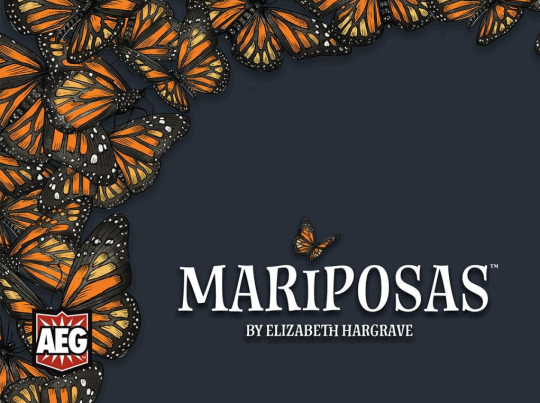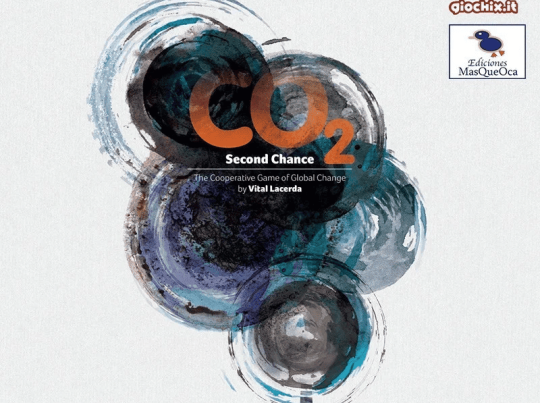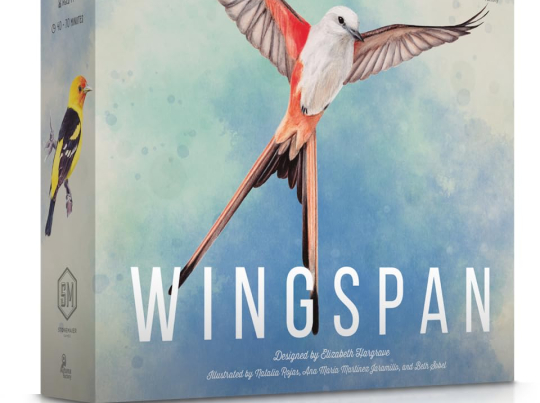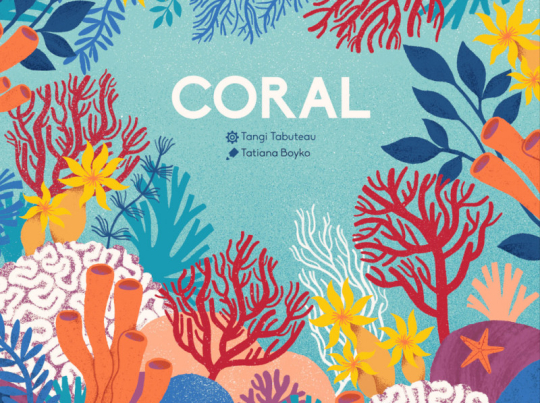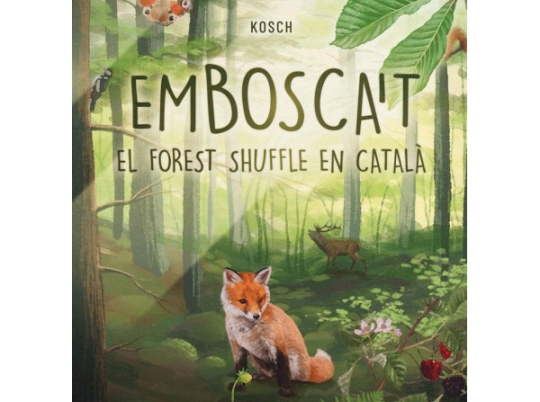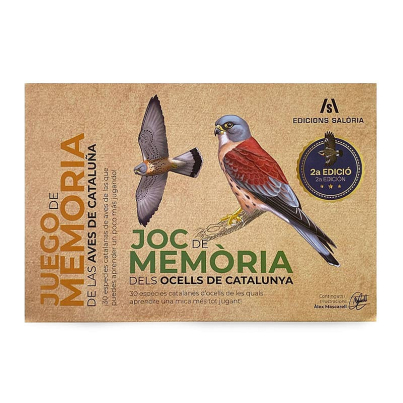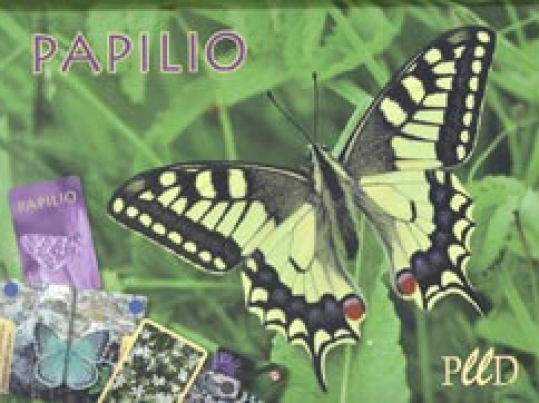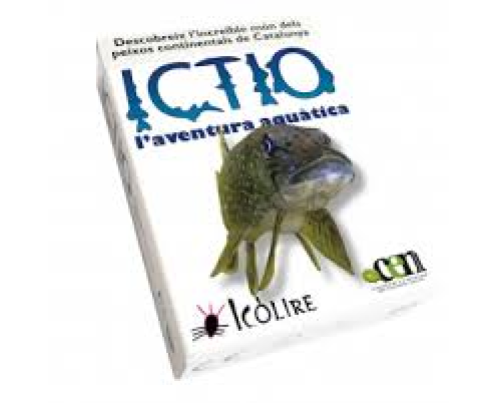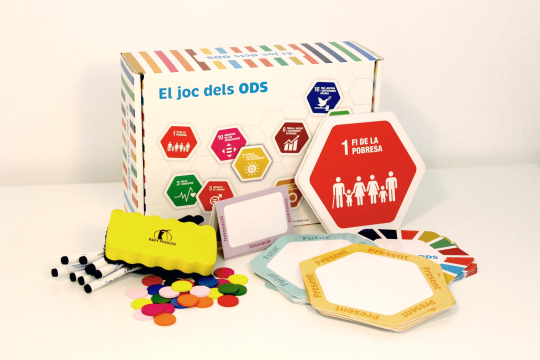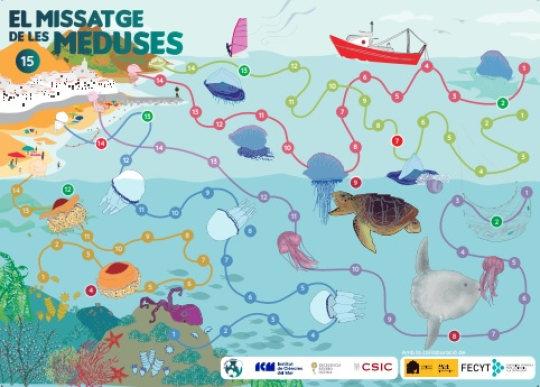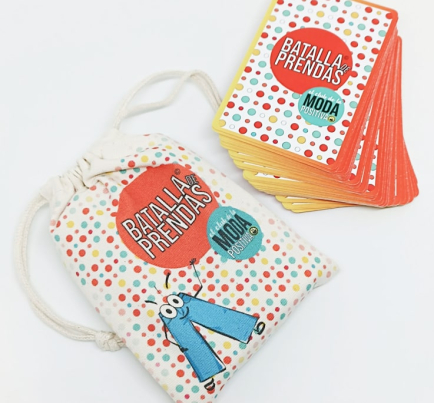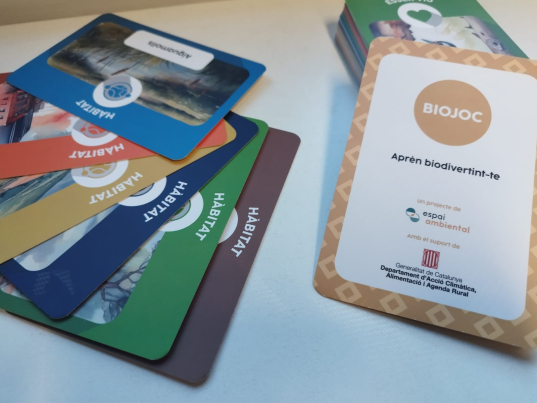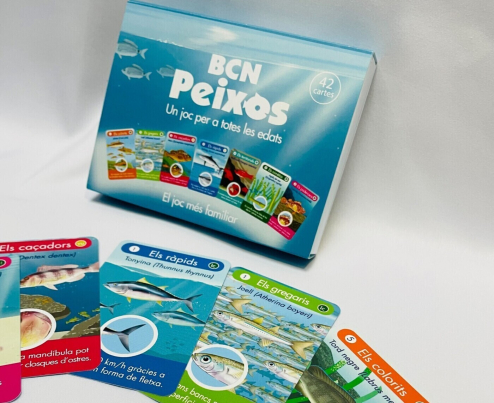
10 turns to collapse Open in a new window is a game designed to explore renewable and non-renewable energy sources. Its objective is to work with various concepts related to energy resources. It functions as an allegory of reality, where each element can symbolize an aspect of energy resource management.
The game's dynamics involve managing the energy model of a city with all available resources. In each turn, players must meet the basic needs of the population with the energy they generate from the available resources.
Up to 5 groups of players, aged 12 and above, can play.
Dimensions: drum with a diameter of 40 cm and a height of 29 cm.



